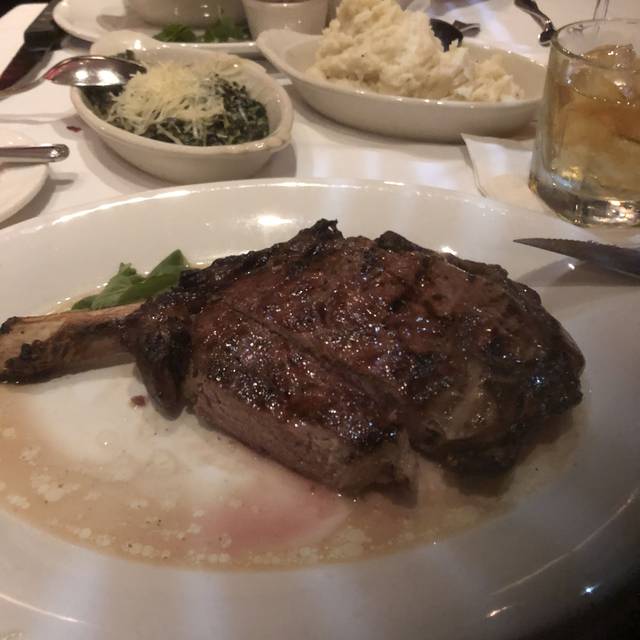Table Of Content

Cherry blossoms are another popular motif in traditional Japanese tattoo sleeves. The fleeting nature of these flowers reminds us of the impermanence of life, and how important it is to cherish every moment. Cherry blossom tattoos often feature delicate pink petals, and are often paired with koi fish or other Japanese symbols. The process of getting a Japanese sleeve tattoo is a journey of patience and resilience.
Animals and creatures in Japanese tattoos
Earlier it was believed that tattoo is a thing for people involved in criminal activities. Apart from this, their behavior and attitude were the reasons that made them targets for societal repression. Now here is one that fits better on the women (finally!); the Hannya masks. In addition to these masks, women who get Japanese sleeve tattoos also like to add Japanese flowers, koi fish, waves, and Japanese writing.
Key elements in Japanese tattoos
When portrayed through a sleeve tattoo, a snake preoccupies plenty of space. To enhance the first impression of the art and fill in certain spaces, using creatures of nature or floral patterns is advised. Sleeve tattoos often require tons of commitment, mainly due to the hefty amount of time taken to generate the stencil as well as install it as a polished tattoo. However, if you’re not quite ready to go all out just yet, consider taking baby steps with a half sleeve tattoo. A leg sleeve tattoo ages gracefully when moisturized on a regular basis, but takes more time than the average sleeve tattoo. This half sleeve Japanese dragon tattoo, with its unusual blend of black, green, and red, symbolizes positivity, hope, and good luck.
dragon tattoo black and grey
Those who did choose to get tattoos during this period were sometimes just folks with reckless attitudes, but tattooing was also embraced by outcasts because of its forbidden qualities. As these tattoos became rarer, and Kuniyoshi’s prints were brought to the mainstream, everyday folks started to warm up to the idea of having tattoos themselves. The prints were inspired by a 14th-century novel and feature people with impressive full-body tattoos. The earliest tattoos were used as protective symbols as well as identifying markers for people’s bodies. Having Yakuza tattoos can’t fool someone into thinking you’re part of the Yakuza, and it would be silly to assume that’s why they’re frowned upon.
Dragon Japanese Sleeve Tattoos
The meticulous craftsmanship and attention to detail involved in creating a Japanese sleeve tattoo contribute to its allure. With intricate designs and vibrant colors, each scale tells a story, symbolizing resilience and renewal. This sleeve tattoo is not just body art; it’s a visual narrative of strength and adaptation.
It also requires very little effort in terms of upkeep, making it a great option for those working around a packed schedule. A koi fish is a great pick for those battling hardship, since it is acknowledged for changing life for the better. It is usually depicted with aquatic creatures, but can also be added to a Japanese sleeve tattoo with a series of emblems. The successful incorporation of these different styles and approaches is a testament to the artist’s skill and understanding of Japanese tattooing.
Deciphering the Language of the Skin
Each of these motifs carries its own unique set of meanings and symbolisms, and they can be used individually or combined to create complex and beautiful pieces of art in a Japanese sleeve tattoo. While full color pieces commonly fill the Japanese sections of tattoo magazines, there is actually a long history of black and gray designs in irezumi. Right in the heart of Venice, this unique tattoo parlor has only women artists and provides customers with piercing services in addition to inking their skin. The all female staff provides a more sensitive and nurturing environment, as well as a positive vibe. While they do take walk-ins, the space/time is quite limited due to a backlog of appointments.
chinese dragon half sleeve tattoos
There will be no missing any detail when one of these Japanese tattoos is scaled across your body. Those who have no intention of covering up their Japanese artwork might want to consider tattooing their neck. A dragon tattoo placed on your thigh can give off the true size of these mythical creatures. Your forearm can easily be covered up if need be, or roll up your sleeves and show off your ink.
25 Coolest Shoulder Tattoos for Men in 2024 - The Trend Spotter
25 Coolest Shoulder Tattoos for Men in 2024.
Posted: Thu, 08 Jun 2023 07:00:00 GMT [source]
With intricate details and bold colors, Ferroni’s work captures emotions and narratives, earning him acclaim in the tattoo community. With vibrant colors and intricate details, this sleeve design captures the essence of the phoenix’s fiery spirit and the intricate artistry of traditional Japanese tattooing, known as irezumi. The Japanese demon and Geisha sleeve tattoo depict a mask-like appearance, symbolizing the dual nature of humans. While it evokes a sense of melancholy and eeriness, the tattoo can be viewed as an abstract art form and can be adapted as full sleeve, half sleeve, or arm sleeve tattoos.

They are a powerful reminder of the importance of courage and resilience in the face of adversity. The lotus flower holds a significant place in Buddhist philosophy and is seen as a symbol of purity, enlightenment, and rebirth. Its ability to bloom in muddy waters is seen as a metaphor for overcoming adversity and achieving a state of serenity. Japanese sleeve tattoos featuring the lotus flower can signify a person’s journey towards enlightenment or a symbol of overcoming personal challenges.
The crane can be depicted gracefully flying through the sky, surrounded by chrysanthemum petals, symbolizing the harmony between the natural world and the human spirit. A design featuring a tiger head and claw is a bold and straightforward representation of raw power, courage, and ferocity, encapsulating the very essence of the tiger. Even today, in rural Japan some people believe that snakes are alien creatures that will kill rats and protect farms from being destroyed.
Japanese back tattoos featuring koi fish often depict the fish swimming upstream, surrounded by waves and flowers. Initially, tattoos were only worn by the lower classes, including criminals and artisans. However, over the years, the Yakuza, Japan's notorious organized crime syndicate, popularized tattoos, and the trend shifted to the upper classes.
Each pattern in a Japanese tattoo design comes with a hidden meaning behind it. These designs are cool, trendy, and unique and have gathered a lot of preference amongst youngsters. A vibrant hannya mask rests atop the sleeve, symbolizing protection against evil. The body of the design blooms with cherry blossoms – symbols of life, spirit, and beauty – and a spectrum of roses representing love, friendship, and the need for positivity. The background of wavy black, white, and grey lines further enhances the allure of this colorful display of Japanese culture. Beyond being a mere inked design, it becomes a narrative, weaving together elements of tradition, symbolism, and personal meaning.













